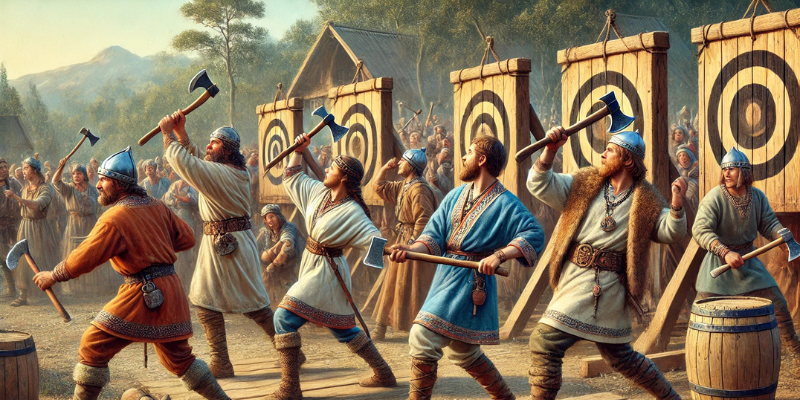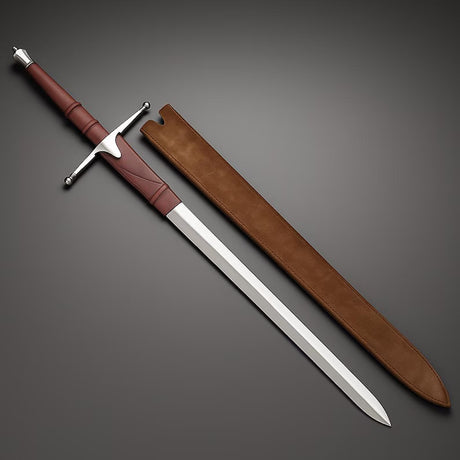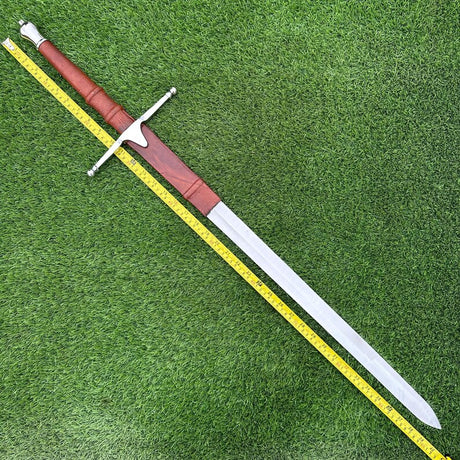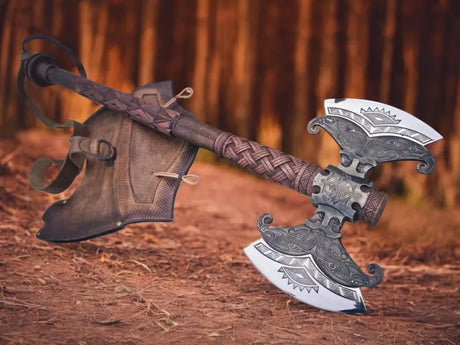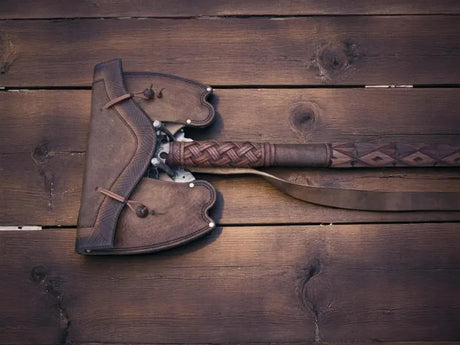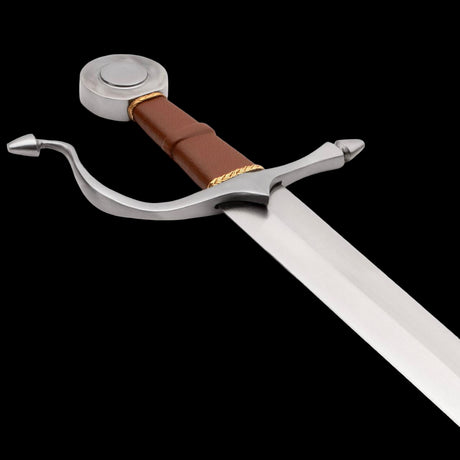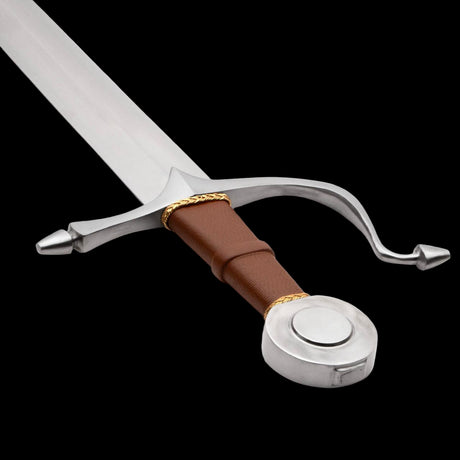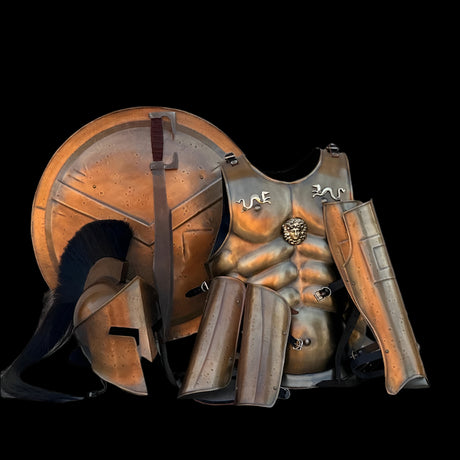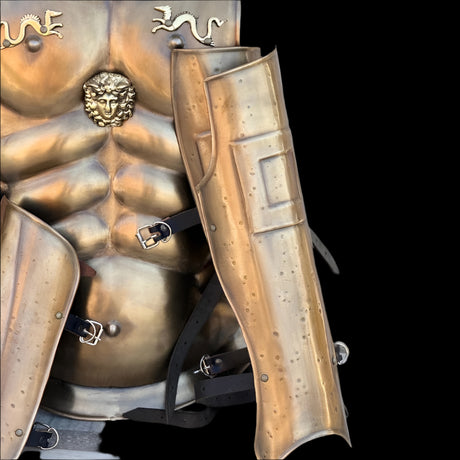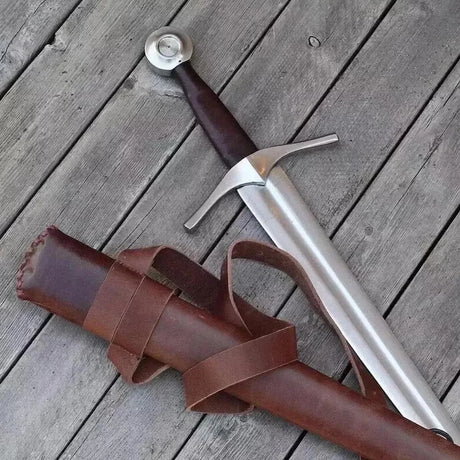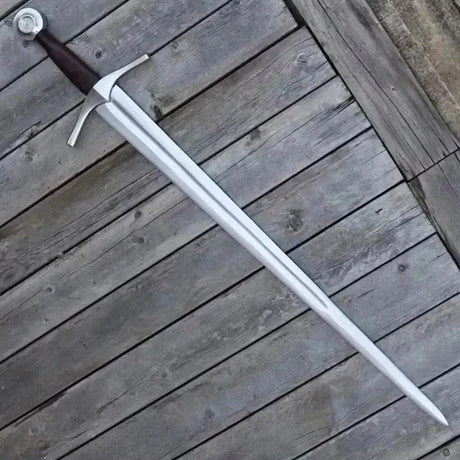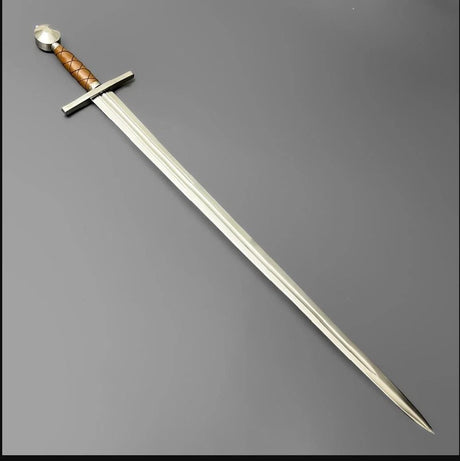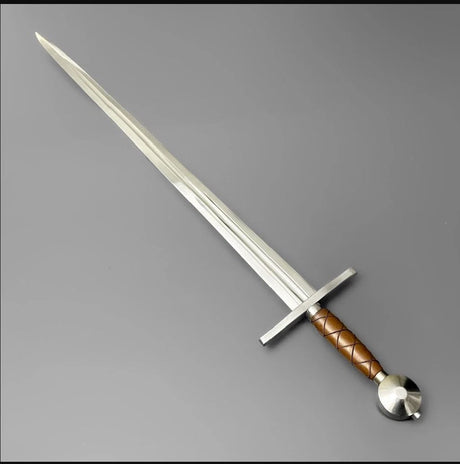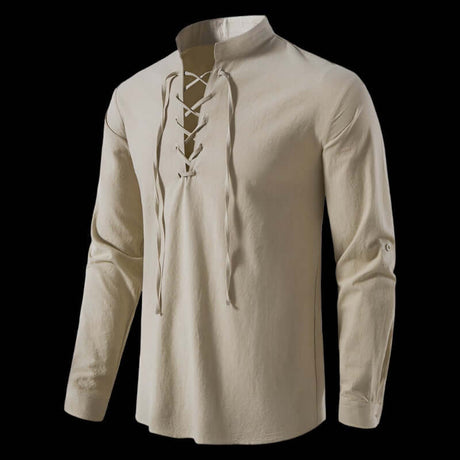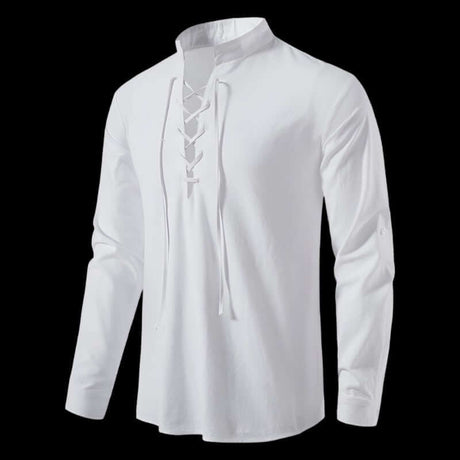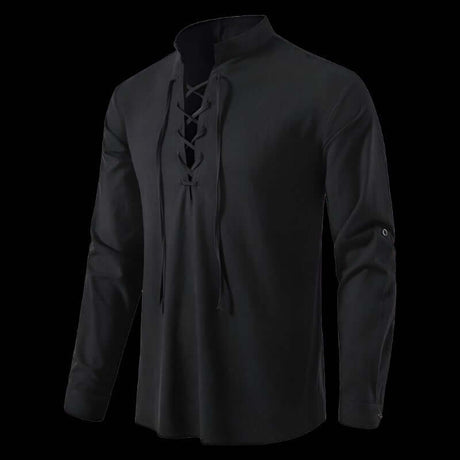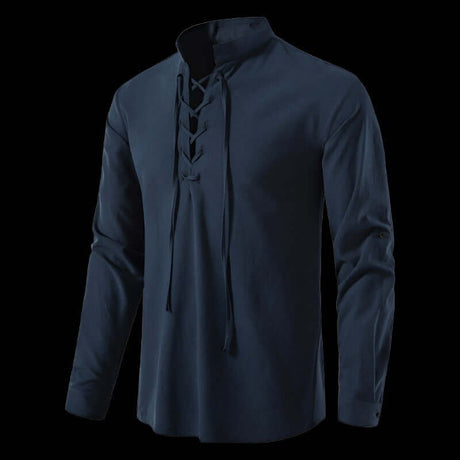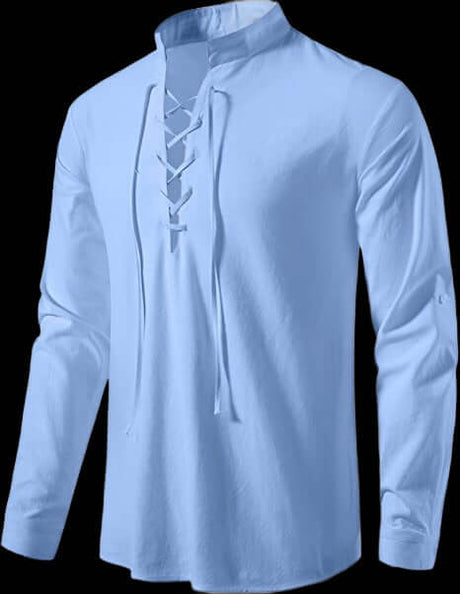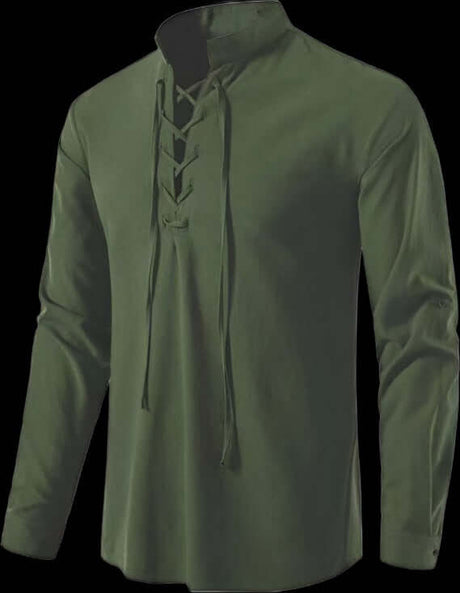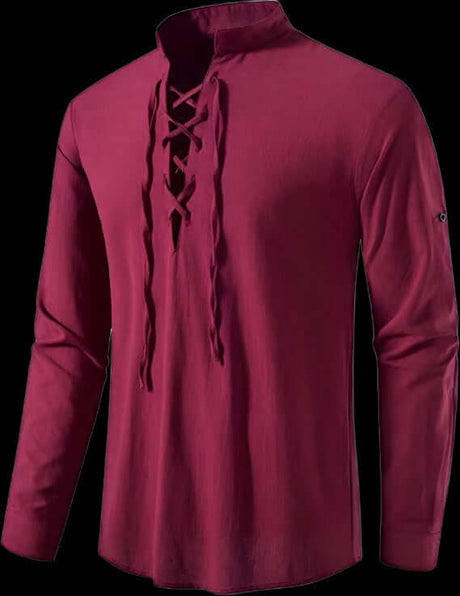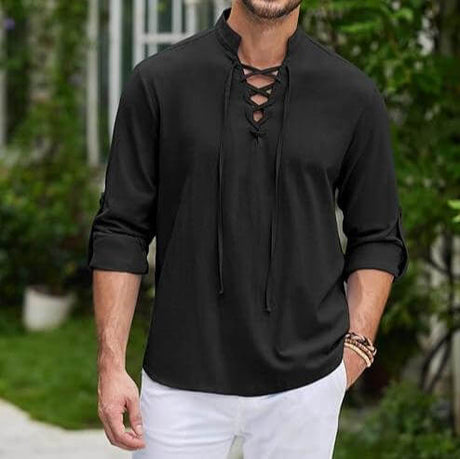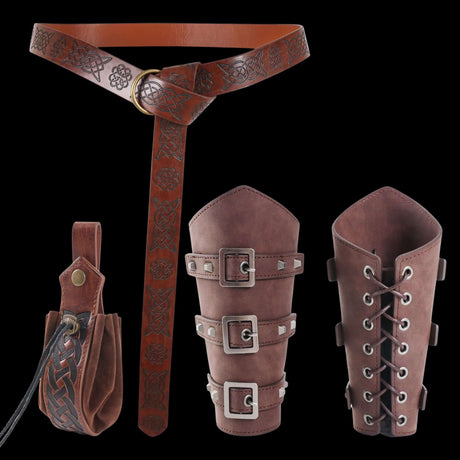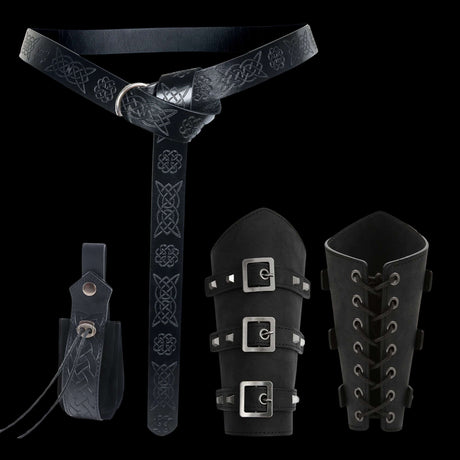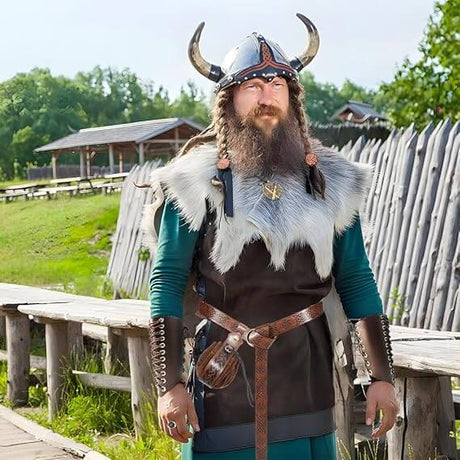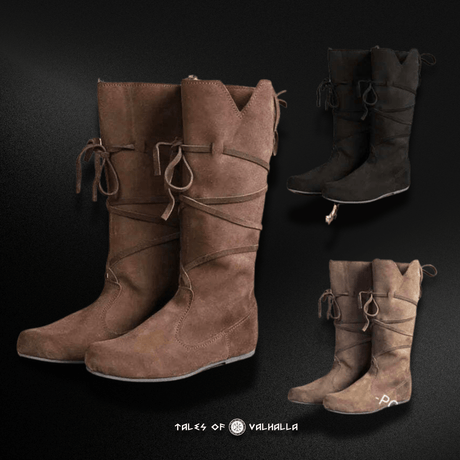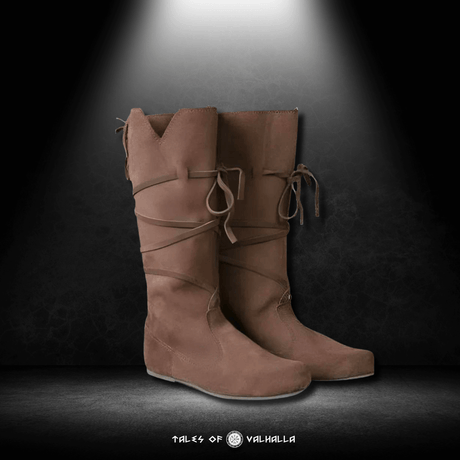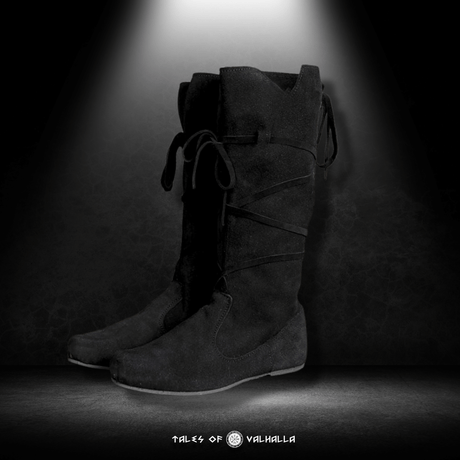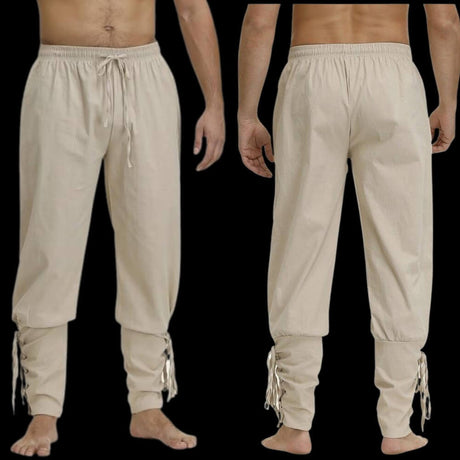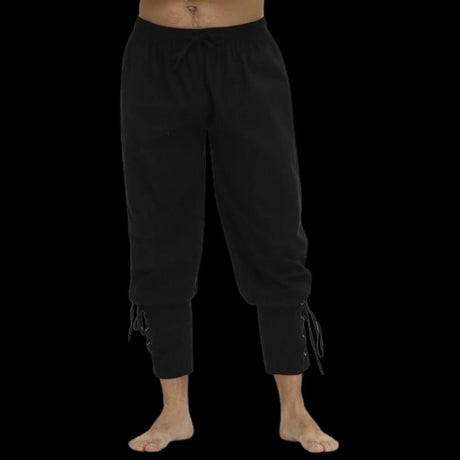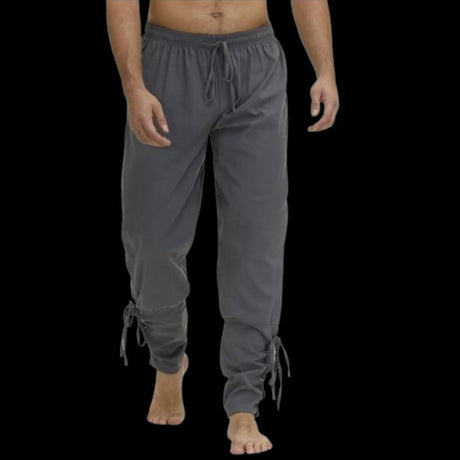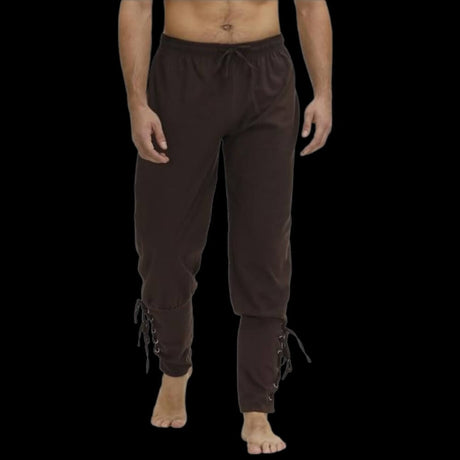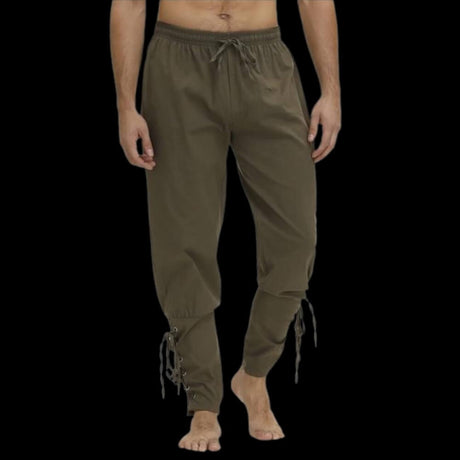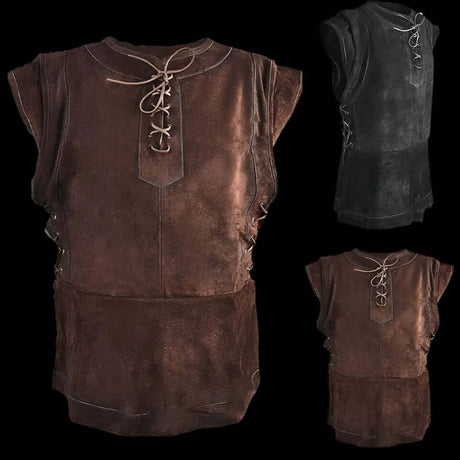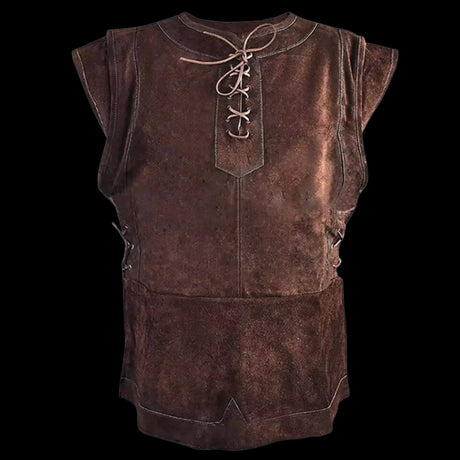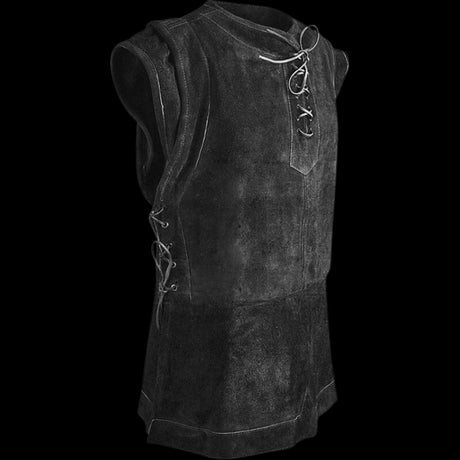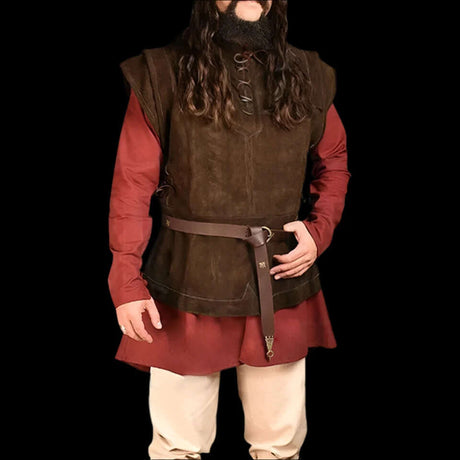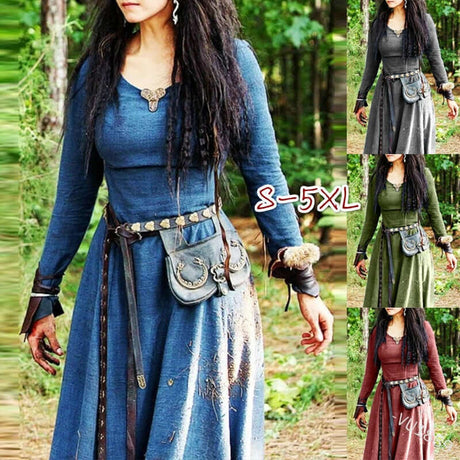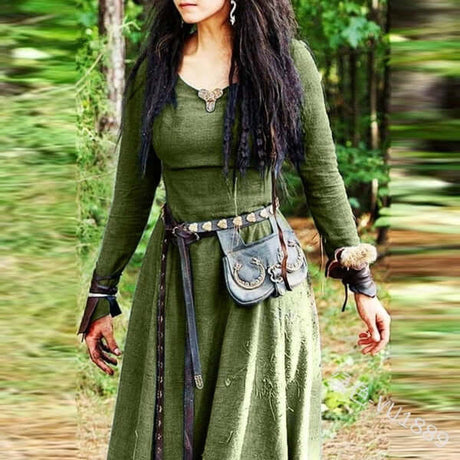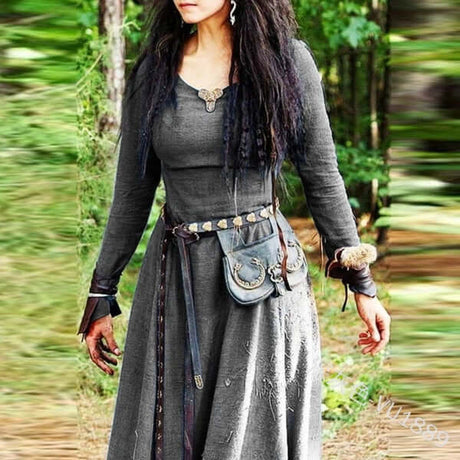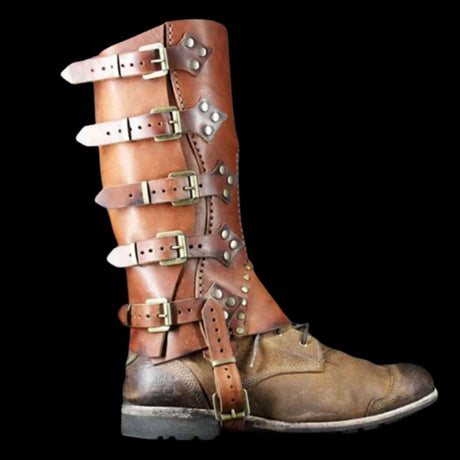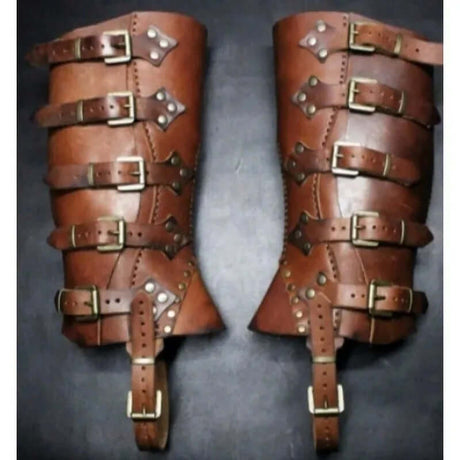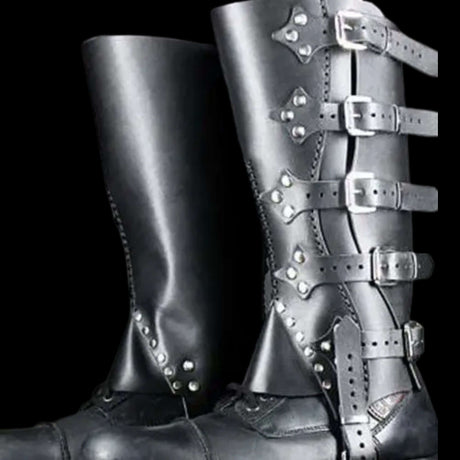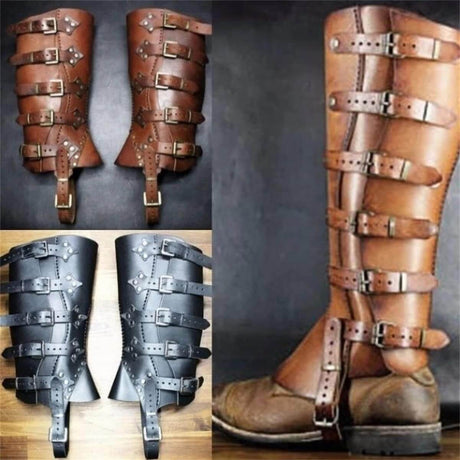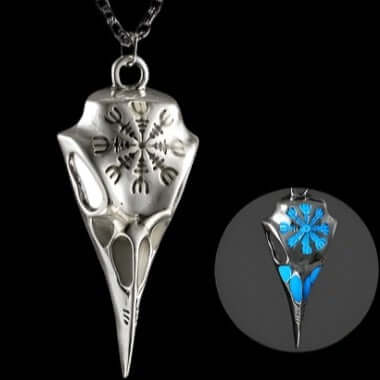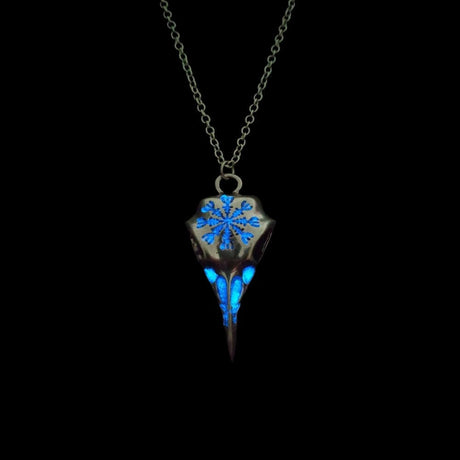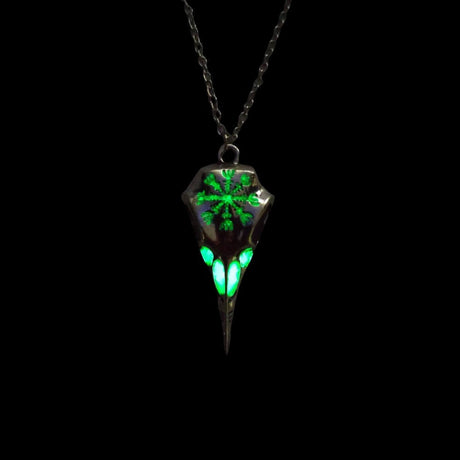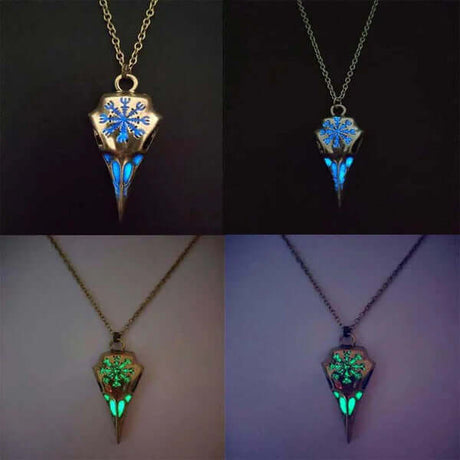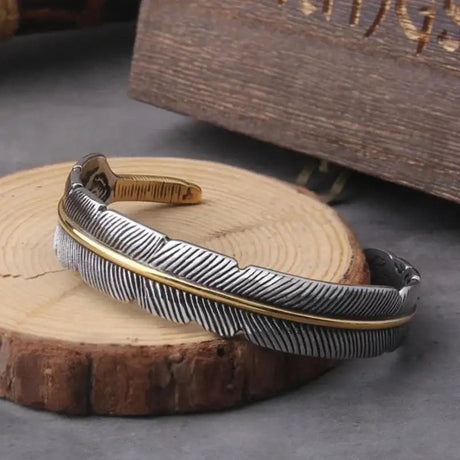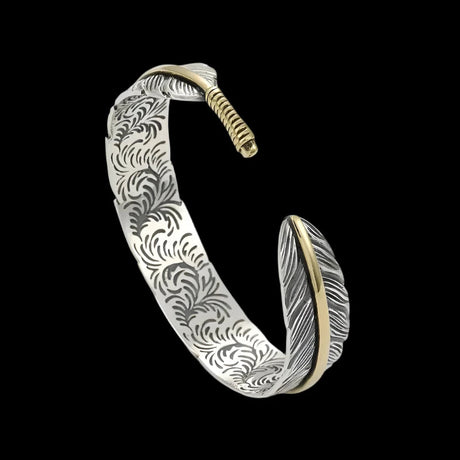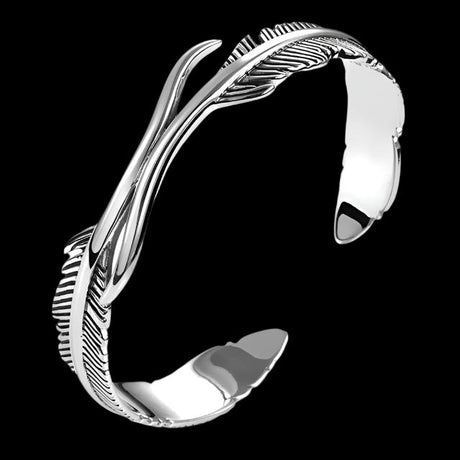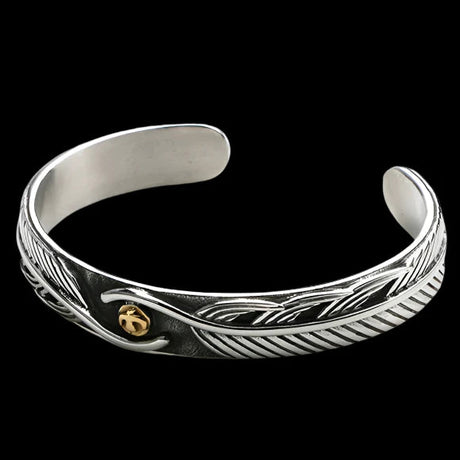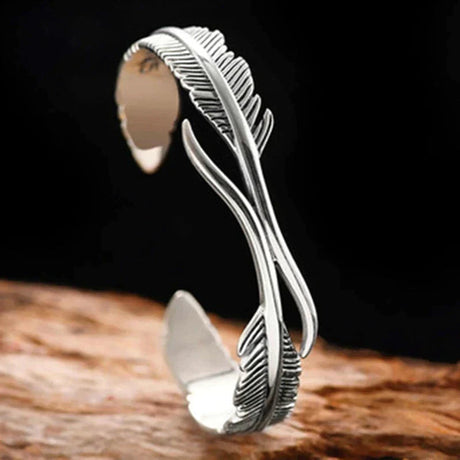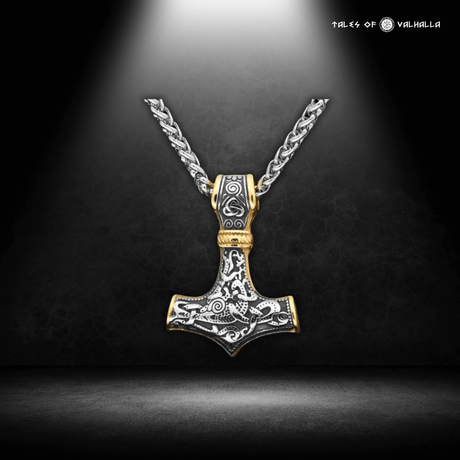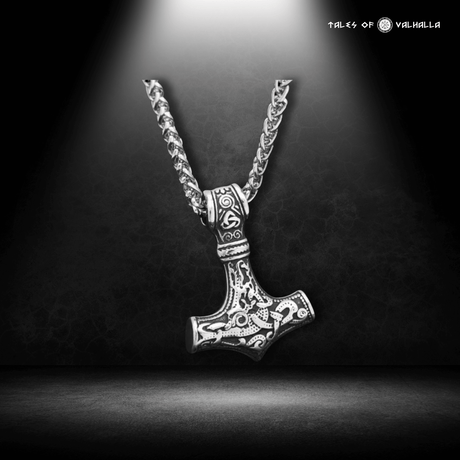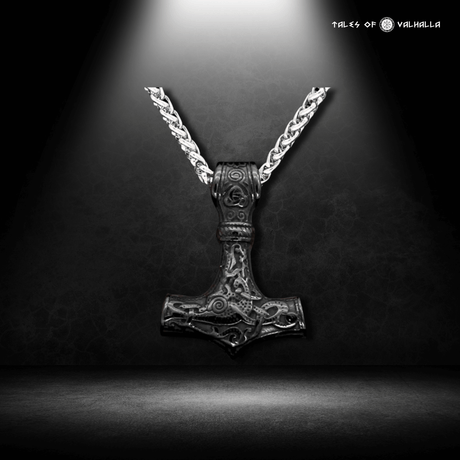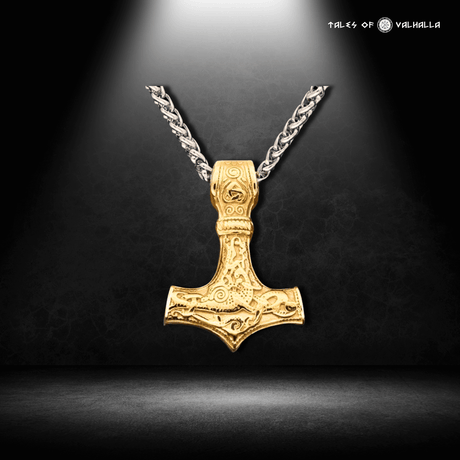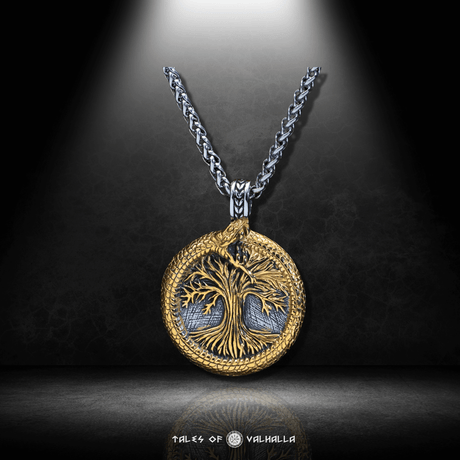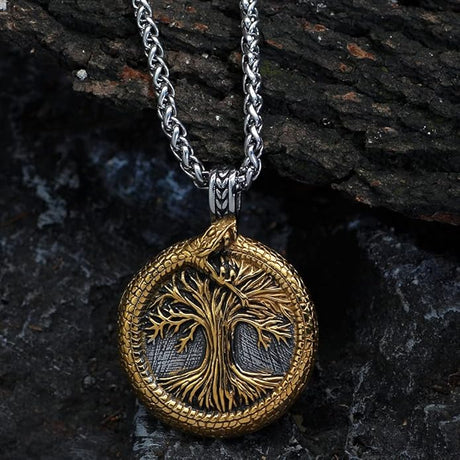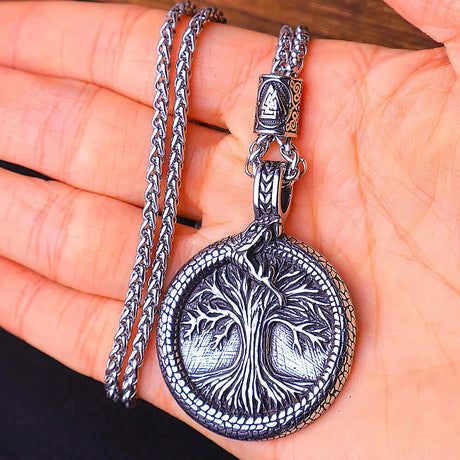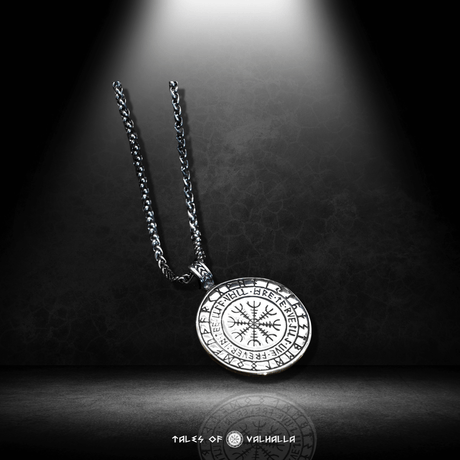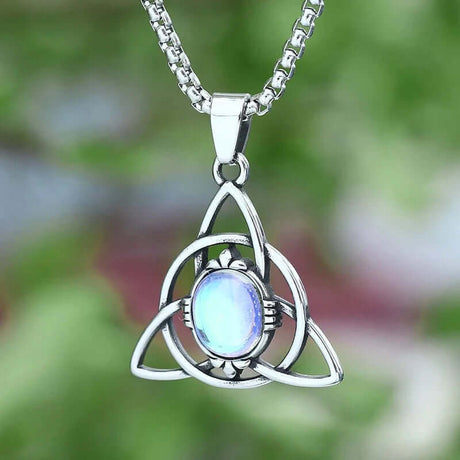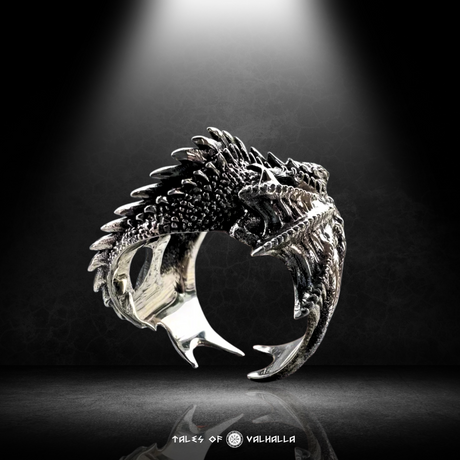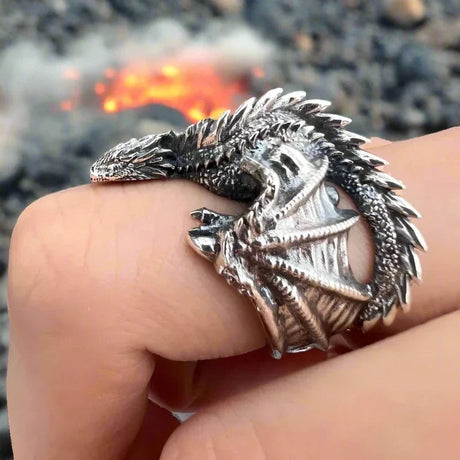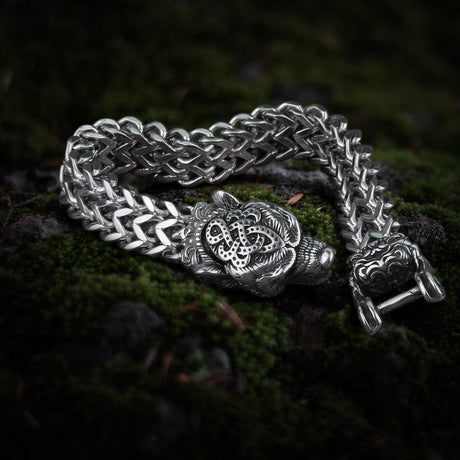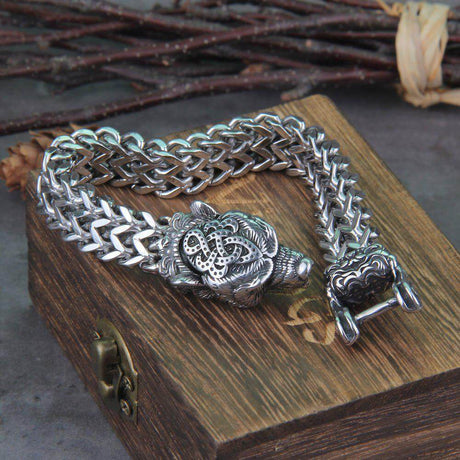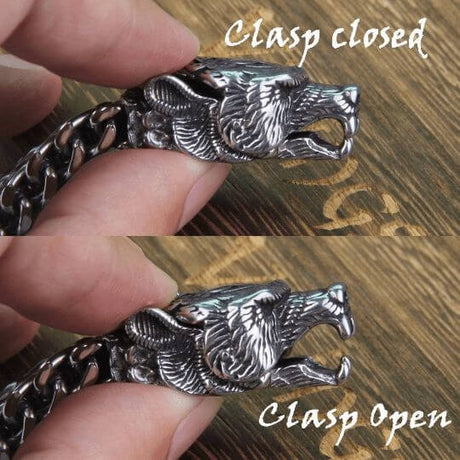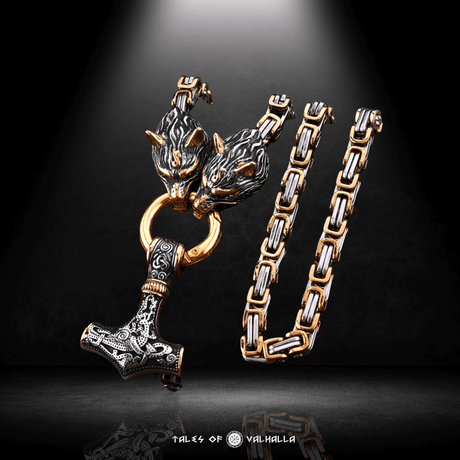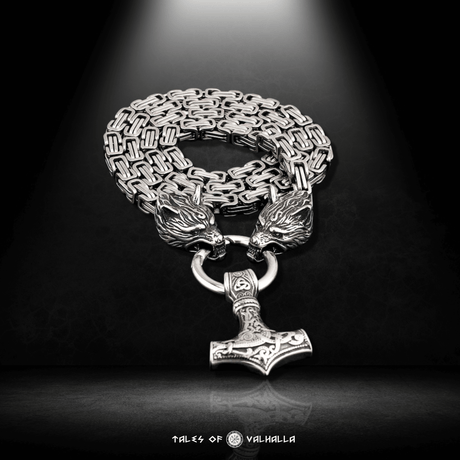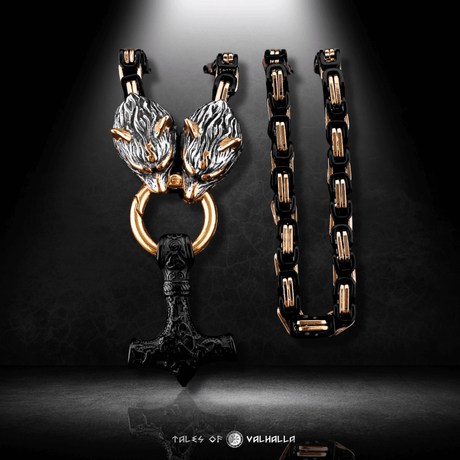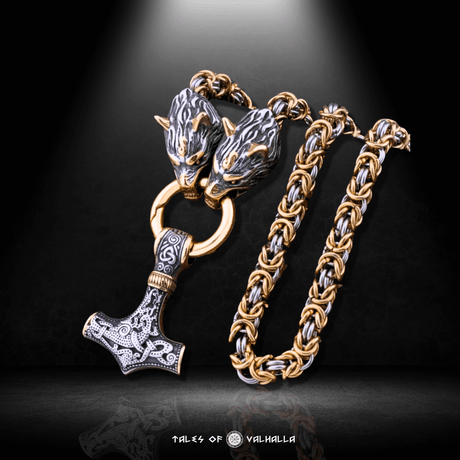The Viking throwing axe is one of the most iconic weapons associated with the Norsemen, blending deadly precision with impressive craftsmanship. For centuries, Viking warriors wielded these versatile tools in both battle and daily life. Today, the Viking throwing axe has experienced a resurgence in popularity, not only as a symbol of Viking heritage but also as a competitive sport enjoyed by enthusiasts worldwide.
In this guide, we’ll delve deep into the history of the Viking throwing axe, its role in Viking culture, and its modern-day revival as a sport. Whether you’re a history buff, a collector, or looking to try your hand at axe throwing, this comprehensive blog will equip you with everything you need to know about this fascinating tool of war and skill.
The History of the Viking Throwing Axe
The Viking throwing axe holds a prominent place in the history of Viking warfare. From small skirmishes to large-scale battles, the Viking throwing axe was a weapon of choice for its versatility, ease of use, and devastating impact. Vikings used various types of axes, but the throwing axe was particularly valued for its ability to be hurled at enemies, allowing warriors to strike from a distance before engaging in close combat.
Origins of the Viking Throwing Axe
Axes were central to Viking culture, and their use as tools and weapons dates back to the early Scandinavian Iron Age. Axes were more accessible than swords, which were expensive to craft and maintain. The ability to use an axe for multiple purposes—such as cutting wood, building ships, and fighting in battle—made it indispensable in Viking life.
The Viking throwing axe was specially designed for combat. Vikings honed their skills in axe-throwing as part of their training, becoming adept at hitting targets from varying distances. Throwing axes were used not only to inflict damage but also to disrupt the enemy’s formation or disable their shields. The precision and power of these axes made them a formidable weapon in the Viking arsenal.
- See more: Viking Throwing Axes Collection
Viking Throwing Axes in Battle
The Viking throwing axe played a pivotal role in Viking warfare. In battles, Vikings were known for their cunning strategies and agile fighting techniques. The throwing axe allowed them to strike early in combat, often catching their enemies off guard and causing confusion.
Tactical Use of the Viking Throwing Axe
In battle, the Viking throwing axe was often used in the opening stages of an assault. Warriors would hurl their axes at enemies to break through shield walls or incapacitate key opponents. A well-placed throw could shatter a shield, knock an opponent off balance, or even kill an enemy outright. The initial volley of axes would create chaos in the enemy’s ranks, allowing Viking warriors to follow up with swords, spears, or hand axes.
The Viking throwing axe was typically lightweight, making it easy to throw accurately from a short distance. Its sharp blade and heavy head ensured that it could penetrate armor or shields with ease. Vikings often carried multiple throwing axes into battle, allowing them to launch repeated attacks before closing in for hand-to-hand combat.
The Throwing Axe as a Dual-Purpose Weapon
While the primary function of the Viking throwing axe was to be thrown at enemies, it also served as a versatile hand weapon. Vikings were skilled in using axes in close combat, and a throwing axe could quickly be repurposed for melee fighting after it had been thrown. This dual-purpose design made the throwing axe an invaluable tool in battle, as warriors could switch between throwing and close-quarters combat with ease.

The Throwing Axe as a Dual-Purpose Weapon
Types of Viking Throwing Axes
Not all Viking axes were created equal. There were various types of axes used by Viking warriors, each with its own specific design and purpose. The most common types of Viking throwing axes included the bearded axe, the Francisca, and smaller hand axes.
The Bearded Axe (Skeggöx)
The bearded axe, or skeggöx, was one of the most famous types of Viking axes. Its distinctive shape featured a long, curved blade that extended down below the handle, resembling a “beard.” This design allowed for a larger cutting surface without adding significant weight, making it ideal for both throwing and hand-to-hand combat.
The bearded axe was versatile in battle. Its unique shape allowed Viking warriors to hook enemies' shields or weapons, pulling them off balance and leaving them vulnerable to attack. This feature made the bearded axe particularly effective in Viking raids, where agility and quick strikes were key.
The Francisca
The Francisca was a small throwing axe used by the Franks and later adopted by Viking warriors. This axe was lightweight and had a curved blade designed to spin in flight, making it unpredictable and difficult to block. The Francisca was typically thrown in the early stages of battle, disrupting enemy lines and causing confusion before Vikings closed in for melee combat.
The Francisca’s compact size made it easy to carry multiple axes into battle. Warriors could hurl them quickly and follow up with more traditional weapons such as swords or spears.
Hand Axes
In addition to specialized throwing axes like the bearded axe and the Francisca, Viking warriors also used smaller hand axes that could be thrown in battle. These axes were often simple in design, with a short handle and a heavy head. While they lacked the precision of more specialized throwing axes, they were easy to throw and highly effective in combat.
Hand axes were often carried as secondary weapons, allowing Vikings to quickly throw them at enemies before engaging in hand-to-hand fighting. Their simplicity and versatility made them a common choice for Viking warriors of all ranks.
Viking Throwing Axes in Modern Sport
The Viking throwing axe has transcended its role as a weapon of war and become a popular sport in the modern world. Today, axe throwing is enjoyed by enthusiasts across the globe, with competitions, leagues, and recreational venues dedicated to mastering the art of throwing axes.

Viking Throwing Axes in Modern Sport
The Rise of Axe Throwing as a Competitive Sport
Axe throwing as a competitive sport has grown rapidly in recent years. It has evolved from a niche activity practiced by historical reenactors into a mainstream sport with a dedicated following. Axe-throwing bars and leagues have popped up in cities around the world, offering people the chance to experience the thrill of throwing axes in a controlled environment.
In these competitions, participants aim to hit a target with precision and consistency. Points are awarded based on where the axe lands on the target, with the bullseye earning the highest score. Competitive axe throwing requires a combination of skill, focus, and accuracy, making it a challenging and rewarding sport.
Many of the axes used in modern competitions are based on traditional Viking throwing axes, with designs that prioritize balance, accuracy, and durability. Participants can choose from a range of axes, including competition throwing axes designed specifically for sport.
Choosing the Right Viking Throwing Axe for Competition
If you're interested in trying your hand at axe throwing, choosing the right axe is key to your success. There are many Viking axes for sale that cater to both beginners and seasoned throwers, but it’s important to find one that suits your needs and skill level.
Balance and Weight
One of the most important factors when choosing a Viking throwing axe is its balance. A well-balanced axe will rotate smoothly in the air, increasing your chances of hitting the target. Look for an axe with a lightweight head and a handle that’s comfortable to grip. A balanced axe allows for consistent throws and is easier to control, especially for beginners.
Blade Design
The blade of the axe is another crucial element to consider. For competition throwing, you’ll want an axe with a sharp edge that can stick to the target reliably. Many modern throwing axes feature designs inspired by traditional Viking axes, including bearded axes and Francisca-style blades. Choose a blade that is both functional and durable, ensuring it can withstand repeated use without dulling or breaking.
Handle Material
The handle of your Viking throwing axe should be made from a strong, flexible material, such as hickory or ash. These hardwoods are favored for their durability and shock absorption, allowing the axe to endure the impact of repeated throws. Additionally, the handle should be smooth and free of any defects that could affect your grip or throwing technique.
Viking Throwing Axes for Sale: Where to Find Them
If you’re looking to purchase a Viking throwing axe, there are many options available online and in specialty stores. Whether you’re searching for an authentic historical replica or a modern axe designed for sport, here are some things to keep in mind when browsing Viking axes for sale.
Authentic Viking Axes for Historical Enthusiasts
For history enthusiasts or reenactors, authenticity is key. There are many retailers that specialize in crafting norse Viking axes based on historical designs, using traditional materials and techniques. These axes are often handmade and feature intricate engravings, replicating the craftsmanship of the original Viking blacksmiths.
Authentic Viking axes can be used for historical reenactments, living history demonstrations, or simply as display pieces. Many of these axes are functional, making them suitable for light throwing or combat training, but they are also beautiful works of art that capture the spirit of the Viking Age.
Modern Throwing Axes for Sport
If you’re more interested in the sport of axe throwing, there are plenty of competition throwing axes designed specifically for performance. These axes are optimized for balance, accuracy, and durability, ensuring that they meet the standards required for competitive throwing.
Modern throwing axes often feature streamlined designs, with a focus on functionality over historical accuracy. Many are made from stainless steel or other rust-resistant materials, making them ideal for both indoor and outdoor use. Whether you’re a beginner or a seasoned competitor, investing in a quality throwing axe will help you improve your skills and enhance your overall experience.
Viking Throwing Axes in Reenactment and Living History
The Viking throwing axe continues to play a role in modern historical reenactments and living history events, where participants recreate Viking battles and daily life. These events offer an immersive experience, allowing people to step back in time and experience Viking culture firsthand.
Viking Battle Reenactments
During Viking battle reenactments, throwing axes are often used to simulate historical combat. Participants recreate the tactics and strategies used by Viking warriors, including the use of throwing axes to break through shield walls or disable enemies from a distance.
In addition to battle reenactments, many events feature demonstrations of axe-throwing skills, where participants can learn about the history and technique behind the Viking throwing axe. These demonstrations provide a unique opportunity to connect with Viking heritage and try out this ancient skill.

